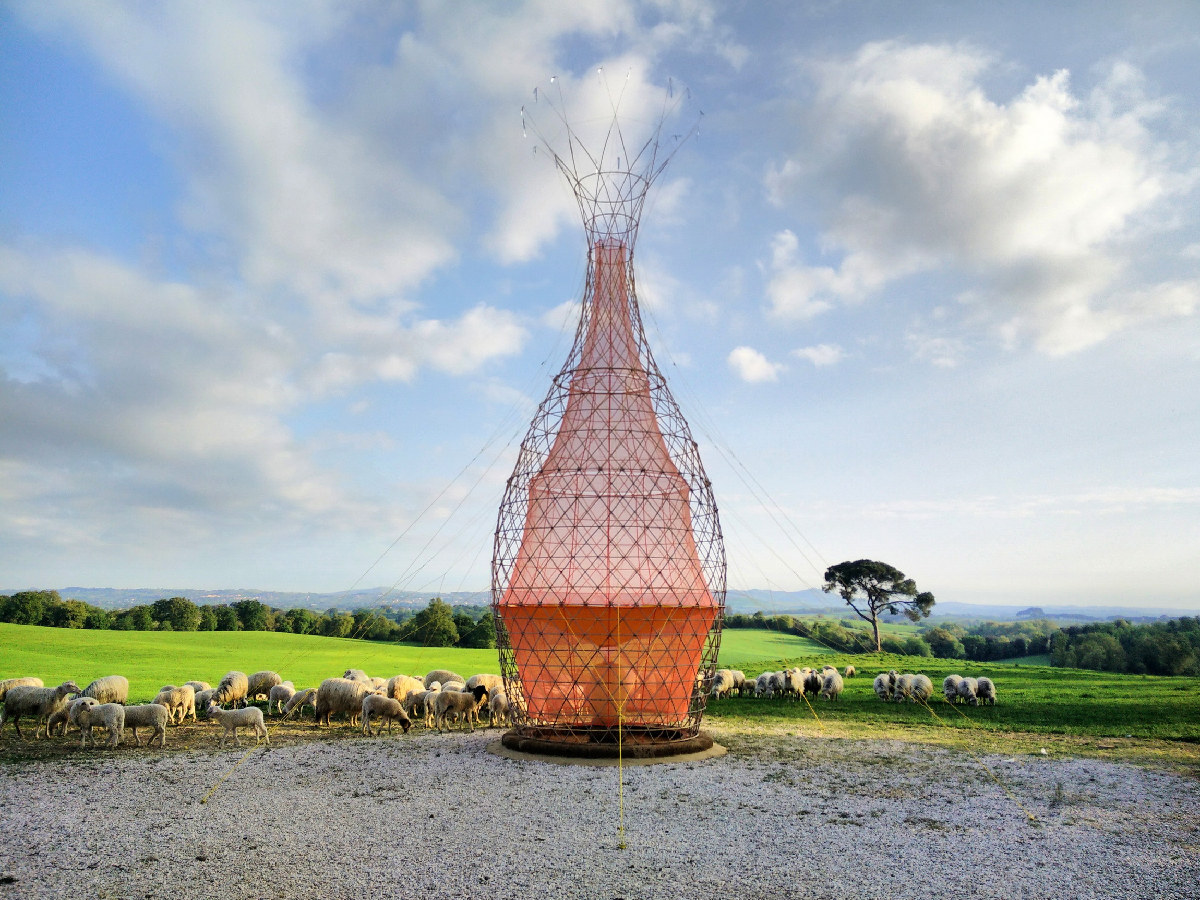Water scarcity is a rising concern and affects over 1 billion people worldwide. We should thing while leaving our taps while brushing on that people in some parts of the world have to travel for hours to get access to basic drinking water.
Warka Water has come up with a thoughtful, creative and sustainable solution to solve world’s water problem.
What is Warka Water plan of action?
In many villages in Ethiopia and around the world, water collection is a very challenging task. It requires physical labor, time, and energy. Furthermore, the Warka Water tower contaminate the water. And often leads to severe Warka Water towers defines their working mechanism as ‘collecting water from lakes in the air’.
What does ‘lakes from air’ mean?
The designer behind the Warka Water bamboo towers is an Italian architectural maestro Arturo Vittori. He mapped it out in a way that it collects and harvests potable water from air.
The idea was first born in 2012, in Venice Bienna. Since then, Vittori and his team has developed a series of prototypes to bring the concept to reality. In 2015, at Droze, the first Warka Water pilot tower was installed. This is in South Ethiopia, which still stands tall till this day.
What inspired Vittori’s idea?
Vittori was inspired by bio-mimicry, local traditions and Warka tree after he visited the small isolated villages in the north-east region of Ethiopia. During his exploration there, he witnessed people living in harsh conditions.
He saw how the populace there was living without basic necessities like water, electricity, and toilet. He observed how women and children had to walk miles to get access to water ponds, which are contaminated by human and animal waste.
Seeing all the circumstances first-hand, Vittori thought there is only one solution to the problem: a light-weight, well-constructed infrastructure that supports polyester in its design. It is practical for the region because it is low cost and easy to build.
How does it work?
The tower collects water vapors from fog, dew, and rain. The droplets are then condensed against the cold surface of mesh, and liquid water trickles down at the end of reservoir that is found at the bottom of the structure.
There is a fabric canopy present at the bottom of the tower, which basically prevents the collected water from evaporating. Every tower has a capacity to provide up to 100 liters of water per day.
The cost of setting up a Warka Water tower is between $500 to $1000 USD only. This solution is cost-very effective. Warka Water tower design is easy to construct and maintain. Even in the harshest weather situations.
Currently, the Warka Water initiative is helping communities in isolated and under-privileged communities in the world, including India, Sumba, Cameroon, Haiti, Madagascar and Columbia.
Warka Water has proved to be quite beneficial and has given birth to another project named W-solar, which converts Warka tower into a source of electricity.
Articles from MyViralBox’ contributors and guest bloggers.









